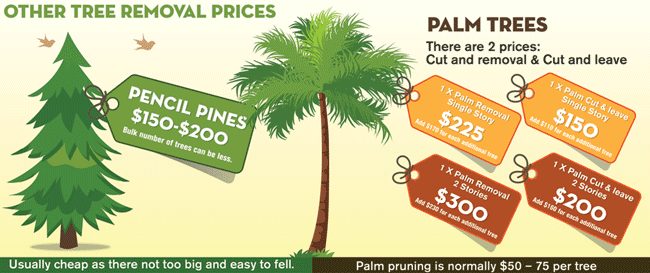Indicators It's Time For Tree Elimination: How To Recognize Hazardous Trees
Indicators It's Time For Tree Elimination: How To Recognize Hazardous Trees
Blog Article
Created By-Truelsen Butcher
When it pertains to tree treatment, identifying the indicators that it's time for elimination is important for your security and residential property. You might observe blemished fallen leaves, wilting branches, or weird fungal developments indicating illness. Structural problems, like a substantial lean or fractures in the trunk, can additionally position threats. Recognizing these indication can aid you make notified choices concerning your trees and avoid prospective threats prowling in your backyard. What should you search for next?
Signs of Degeneration and Illness
When you see indicators of decay and disease in your trees, it's critical to act rapidly. Seek stained leaves, wilting branches, or uncommon growths like fungus. These can suggest that your tree is struggling.
If you see fractures in the bark or soft, mushy wood, these symptoms recommend inner degeneration. Furthermore, How Much Does Tree Removal Cost Near Me in pests around your tree can signify that it's weakened and susceptible.
Check for any kind of dead or passing away limbs, as they present a risk to your residential or commercial property and safety and security. If you doubt regarding what you see, seeking advice from an arborist can give clearness.
Addressing these signs early can save you from much more considerable damages and make sure the wellness of your yard. Do not wait up until it's too late.
Structural Instability and Leaning
As you observe your trees, watch out for any kind of indicators of architectural instability or leaning. If Ash Tree Removal leans dramatically, it might show that the origin system is compromised.
Seek any cracks in the trunk or soil around the base; these can signal potential failing. In addition, look for uncommon development patterns, like an uneven crown, which might suggest that the tree is battling to hold itself upright.
If you observe that the tree leans toward your home, power lines, or other structures, it presents a better threat. Don't ignore these signs-- get in touch with an arborist to assess the situation.
Taking action early can stop costly damages and guarantee your security.
Dead or Perishing Branches and Foliage
If you discover dead or passing away branches and foliage on your tree, it's a clear sign that something's incorrect.
These undesirable locations can indicate underlying problems like condition, pest invasions, or environmental tension. When branches lose their fallen leaves or turn brownish, they're no longer adding to the tree's wellness. Ignoring these indicators could cause more decline, making your tree a lot more unsafe.
Dead branches can quickly break off during storms, posing a risk to residential or commercial property and people close by. It's vital to evaluate the degree of the damage.
If the problem impacts a considerable part of the tree, take into consideration speaking with an expert. They can aid determine if removal is essential to make sure safety and security and preserve the appeal of your landscape.
Conclusion
If you notice any type of signs of degeneration, architectural instability, or dead branches on your trees, do not neglect them. These indications can present severe safety risks to you and your home. It's constantly best to seek advice from a specialist arborist that can give an expert assessment of your trees. Acting early can avoid mishaps and expensive damage, ensuring your landscape continues to be secure and healthy and balanced. Bear in mind, it's far better to be positive about tree treatment than to await a disaster to take place.
